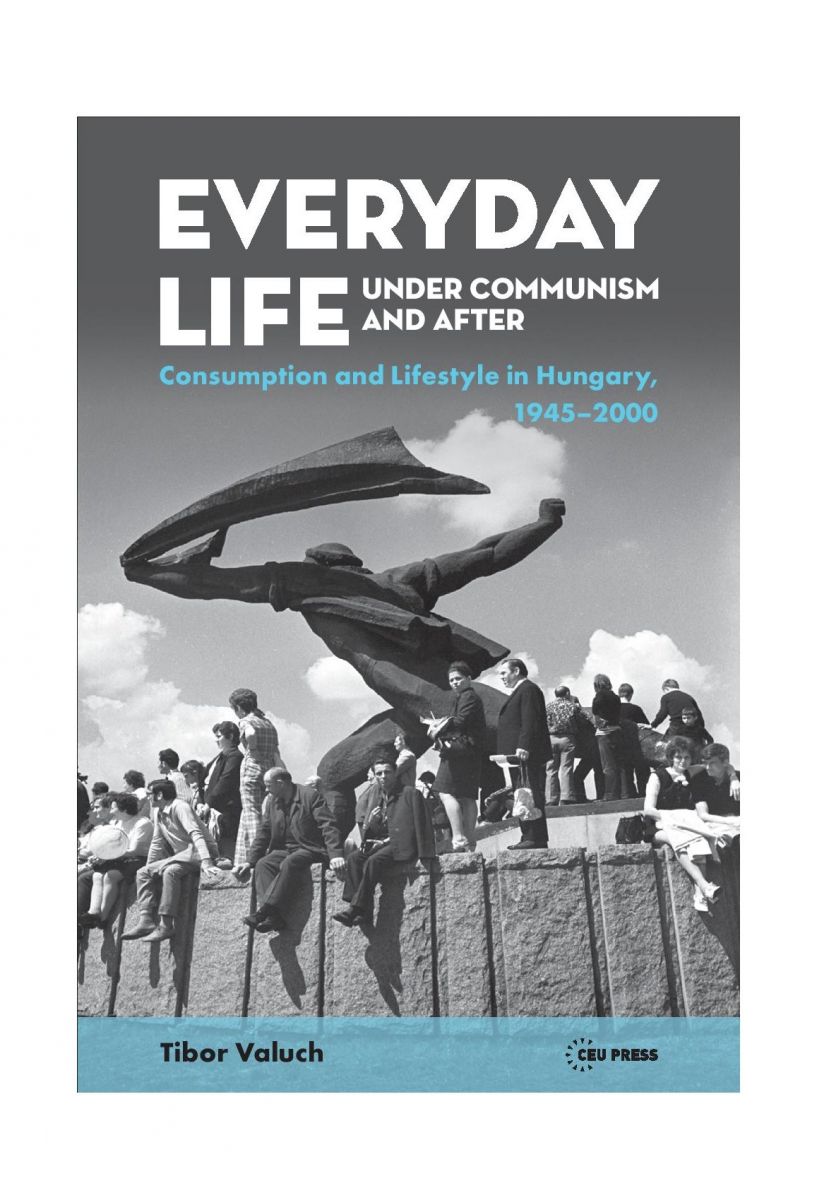
Tibor Valuch's new book entitled "Everyday Life under Communism and After Lifestyle and Consumption in Hungary, 1945–2000" has been published by CEU Press.
By providing a survey of consumption and lifestyle in Hungary during the second half of the twentieth century, this book shows how common people lived during and after tumultuous regime changes. After an introduction covering the late 1930s, the study centres on the communist era, and goes on to describe changes in the post-communist period with its legacy of state socialism.
Tibor Valuch poses a series of questions. Who could be called rich or poor and how did they live in the various periods? How did living, furnishings, clothing, income and consumption mirror the structure of the society and its transformations? How could people accommodate their lifestyles to the political and social system? How specific to the regime was consumption after the communist takeover, and how did it change after the demise of the regime? The answers, based on micro-histories, statistical data, population censuses and surveys help to understand the complexities of daily life, not only in Hungary but also in other communist regimes in east-central Europe, with insights on their antecedents and afterlives.

Chapter 1: Introduction
Chapter 2: Two Hundred Pengős, Five Hundred Forints, Two Thousand Forints a Month: Financial Circumstances, Prices, Wages, and Income Inequalities in Everyday Life
Chapter 3: From Plentiful Privation to a Consumer Society: The Characteristics of and Changes in Consumer Consumption.
Chapter 4: This Is How We Lived: Housing Conditions, Usage of Living Space, and Interior Decoration
Chapter 5: “Well-dressed and Fashionable”: Changes in Clothing Styles, Habits, and Fashion
Chapter 6: “We Ate, We Drank, We Filled Our Stomachs”: Nutrition, Eating, and Dietary Habits
Chapter 7: Conclusion


